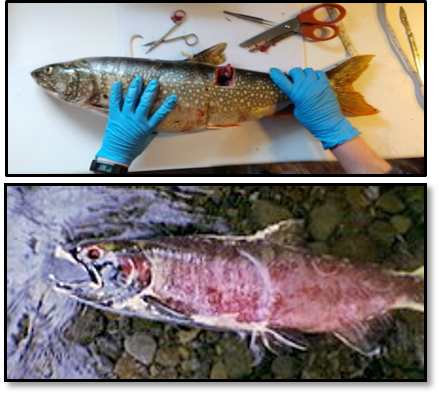
The phenomenon of climate change constitutes the backdrop against which all other environmental changes linked to the development of northern Quebec will evolve. These climatic changes have already started to exert a direct influence on the functioning of northern freshwater ecosystems through a change in temperature regime, precipitation and hydrology. Global warming is likely to exacerbate the impacts of mining activities on northern fish, which are generally less tolerant of high temperatures than their southern cousins.

Faced with the urgent need to understand how fish populations will evolve in the anticipated context of global warming, researcher André St-Hilaire and his student, Eisinhower Rincon, propose to examine the risks represented by the anticipated global warming in northern Quebec on the thermal regime of rivers.

To study this subject of great importance, devices recording water temperature are installed in rivers and lakes of northern Quebec. This census of thermal data will make it possible to develop a model of water temperature in order to use it in conjunction with climate change scenarios. These scenarios will assess the frequency and duration of exceedances of certain temperature thresholds that may contribute to making the target fish populations more vulnerable to toxicity and / or affect their behavior over the 2050 and 2100 horizons.
